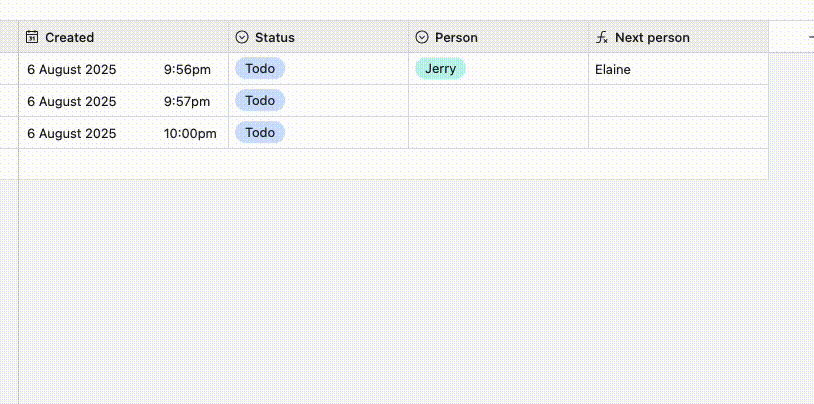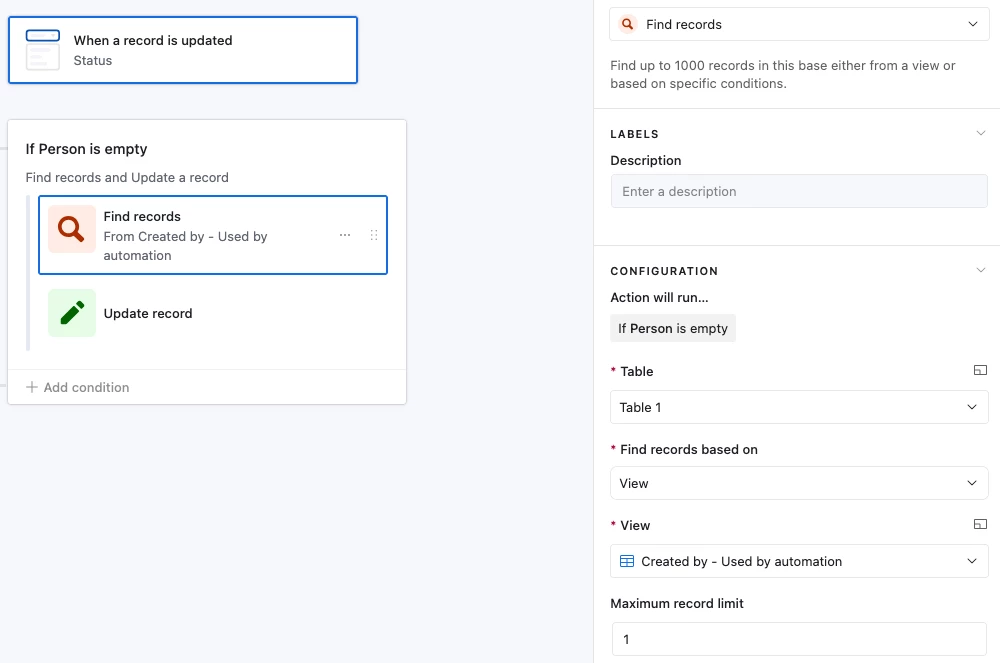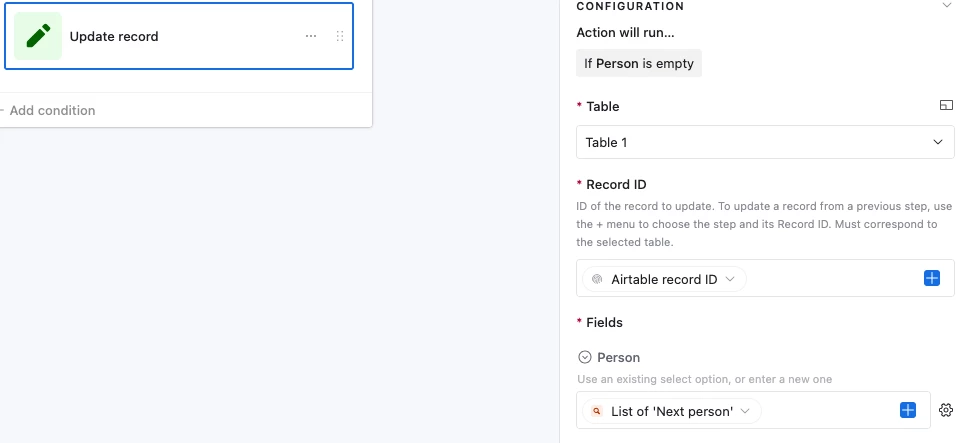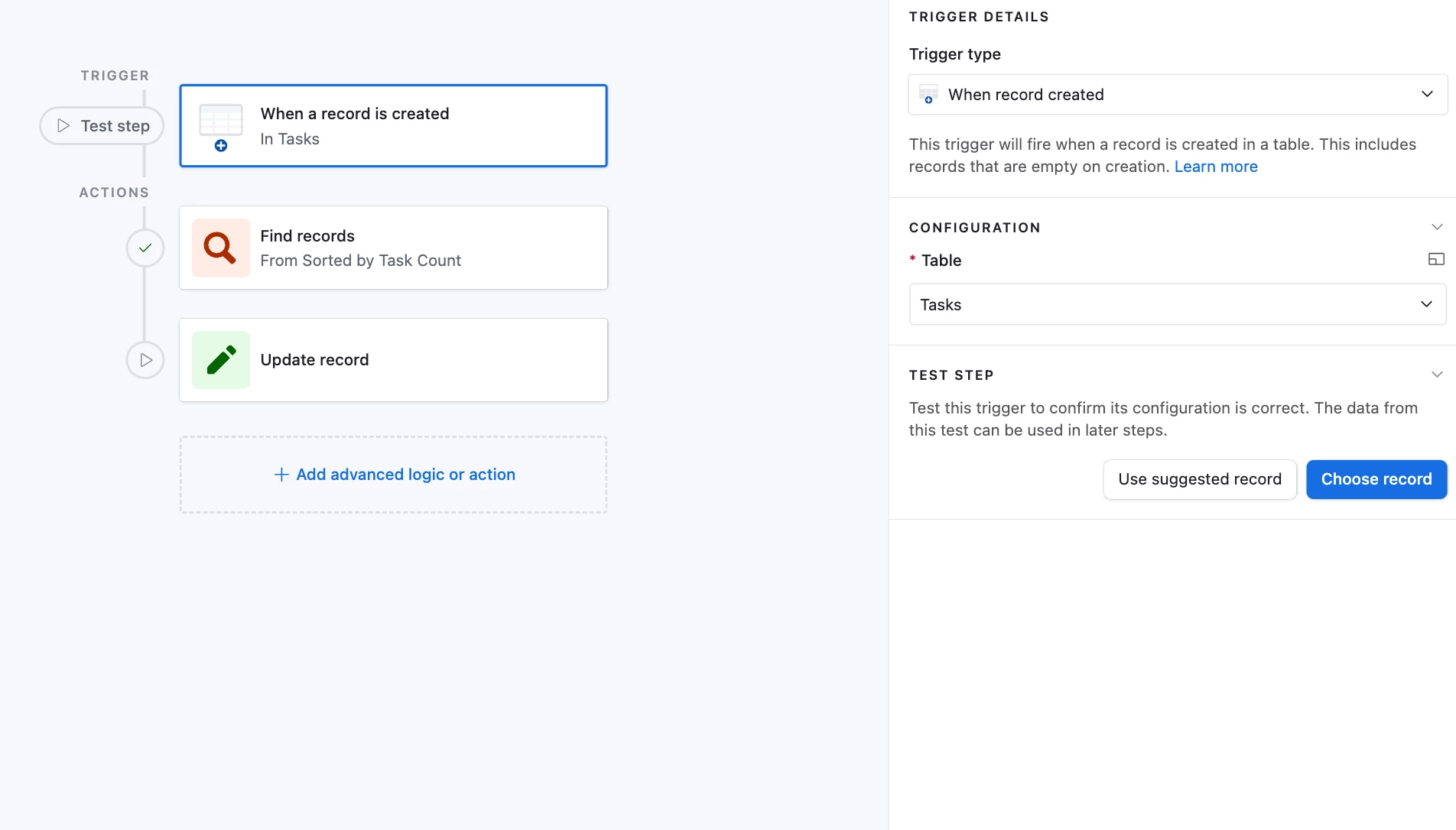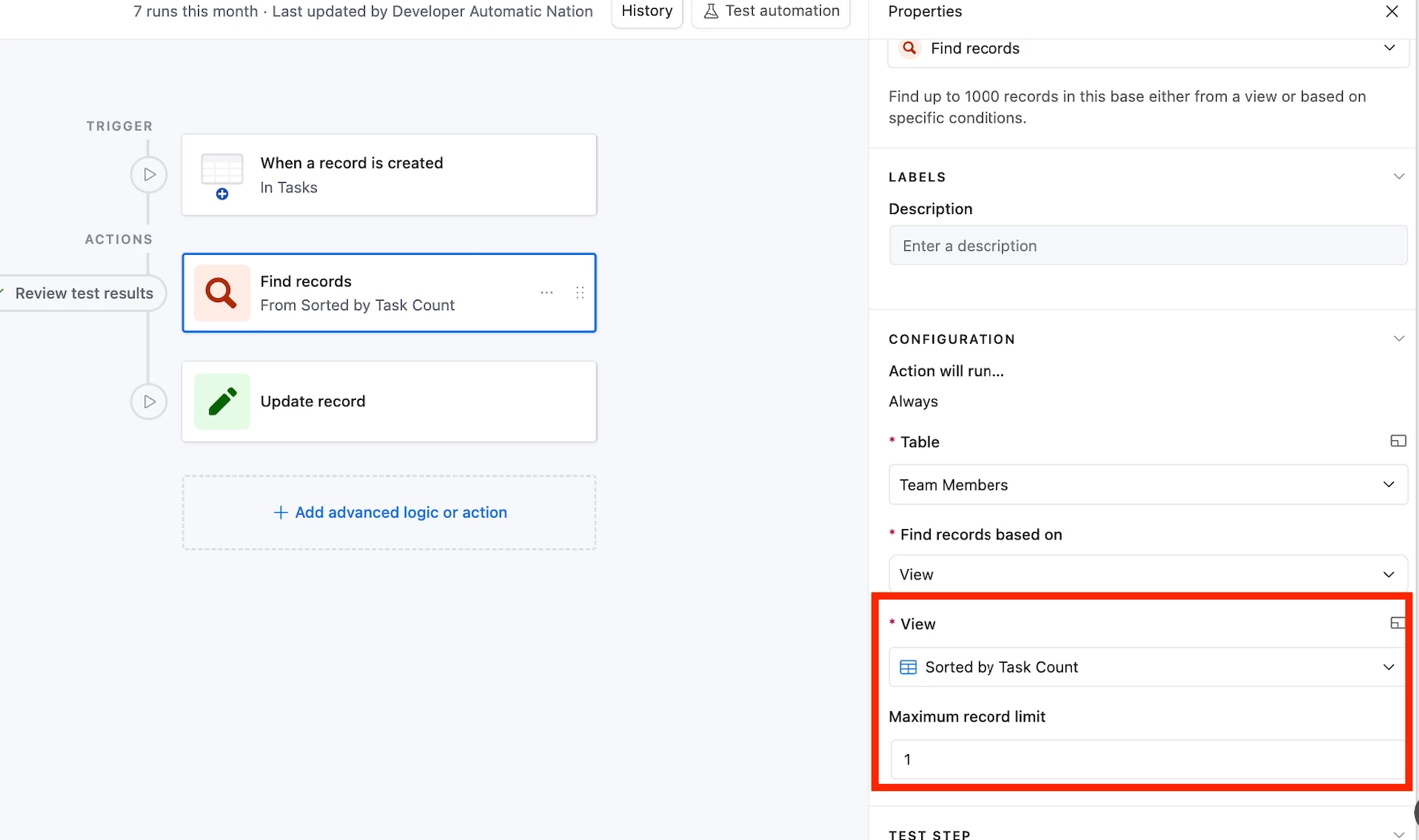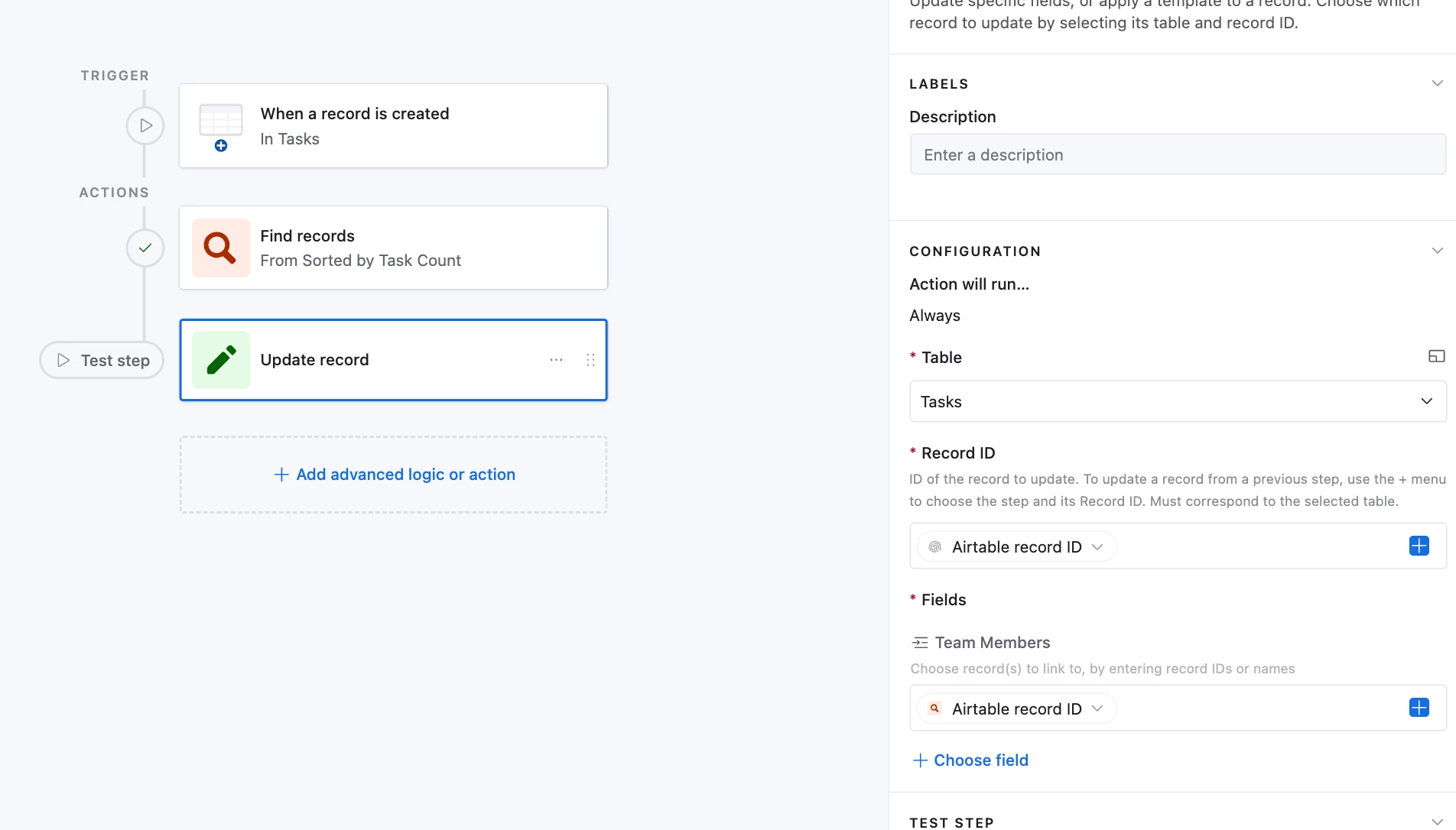Is there a way to automatically assign people based on a list? Basically, when I change a status on a record, I want it to automatically assign 1 of 3 people from a list to that task (list is separate from base users) and if number 1 was just assigned, the next on the list is 2, then 3, then back to 1. Is there any way to automate this, or do you have to manually assign?
Enter your E-mail address. We'll send you an e-mail with instructions to reset your password.


